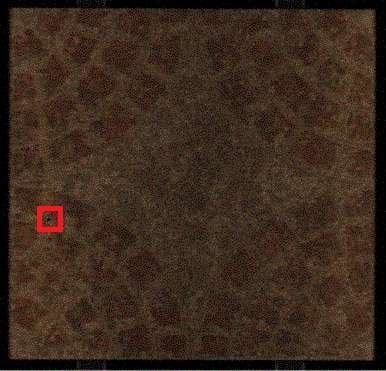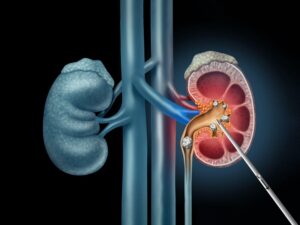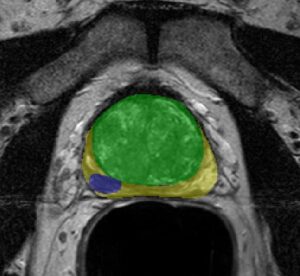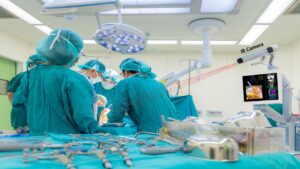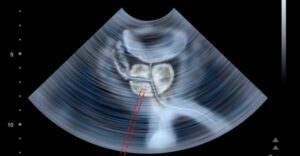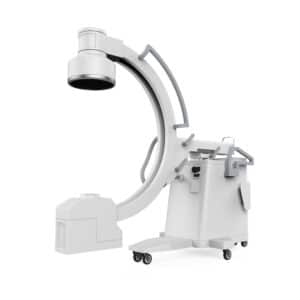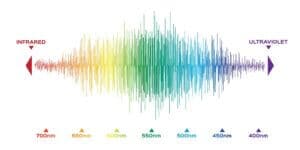Automated defect detection in ceramics
Automation of the inspection process can significantly improve the quality of a batch and increase tile production rate. Computer vision based system can be mounted to alert for possible damages to a sample of the production batch, and further also serve to examine each single tile. Furthermore, automatic classification of the defects can shed light on possible hardware malfunction and contribute to tracking down defective component. Such vision-based defect detection and classification system requires relatively cheap hardware, that is to say designated cameras and integration in the production pipeline. The software side of the system requires adaptation to the type of material used in the factory, the illumination conditions in the production line and a learning stage for taking into account the types of possible defect.RSIP Vision has constructed for one client a computer vision based algorithm, specifically designed to automatically find flaws in ceramic tiles before mass production. This automated system for defect detection in ceramics employs advanced algorithms that learn the geometrical statistics of the tiles and then determine acceptance and rejection conditions: these machine learning algorithms can detect minute defects and take into account a wide-range of possible defects, including broken corners, spots, low contrast stains, defective printing and more.
Our work resulted in substantial decrease in defective tiles produced, reduction of defective tiles being shipped out, reduced costs to the manufacturer, increased satisfaction through distribution channels and higher profits for our client.
The demand for tailor-made computer vision based algorithms for quality control and inspection is constantly growing, especially for mass-production lines. Defects in manufactured product are inevitable, however their rate and number can be dramatically reduced by automatic inspection and, when needed, timely interruption of defective batches production. To learn more about RSIP Vision’s solutions for quality control please read about our automated optical inspection projects.

